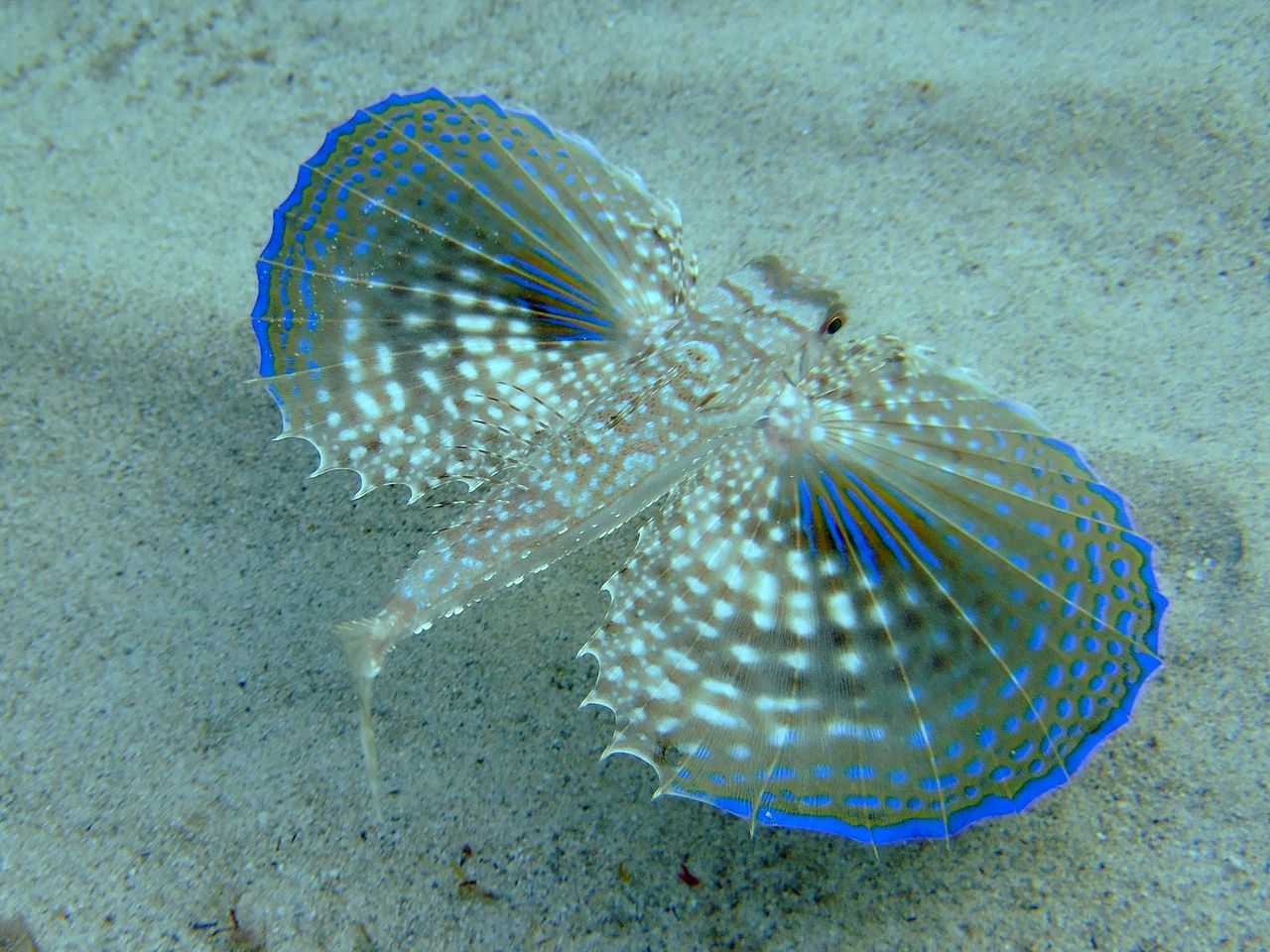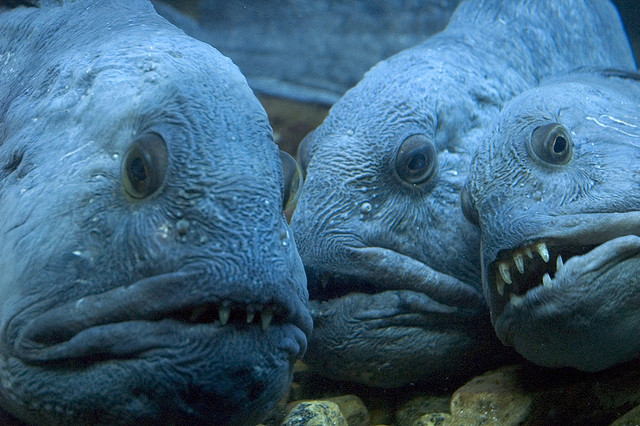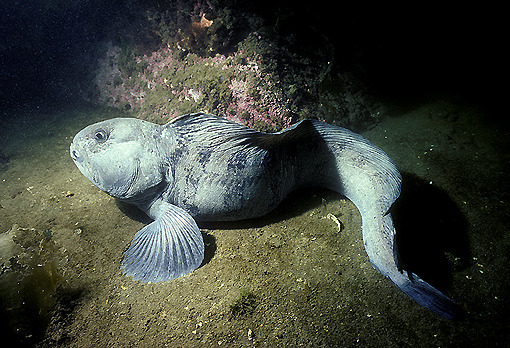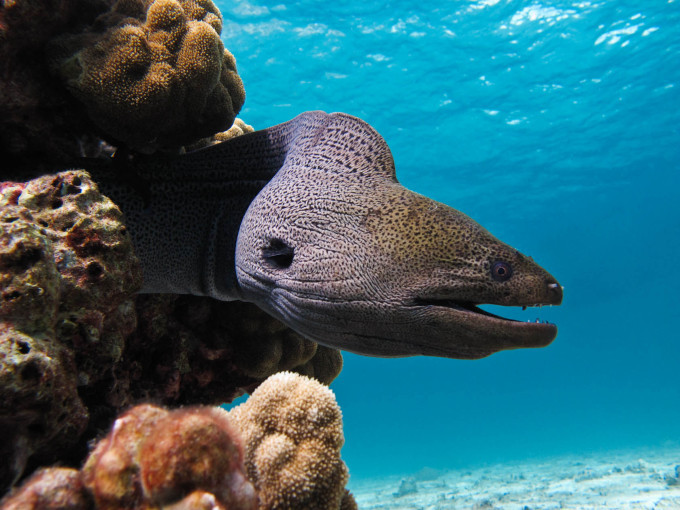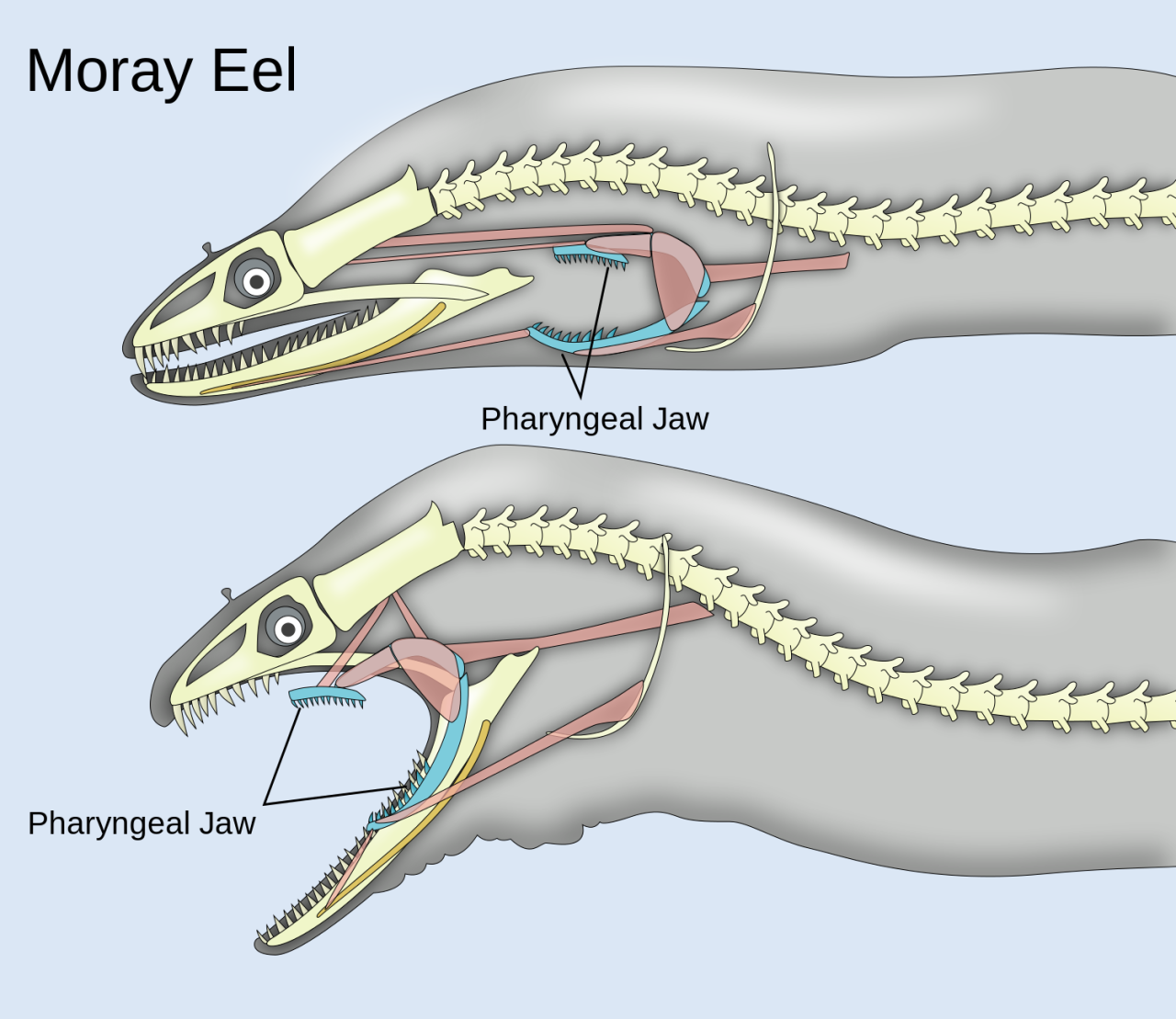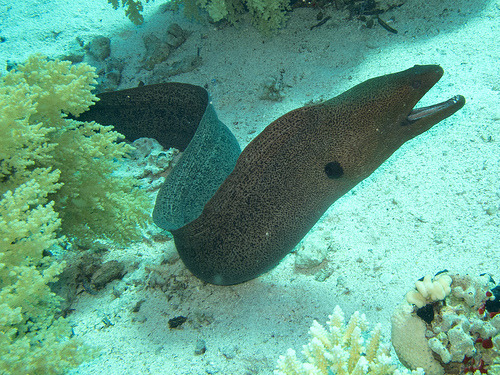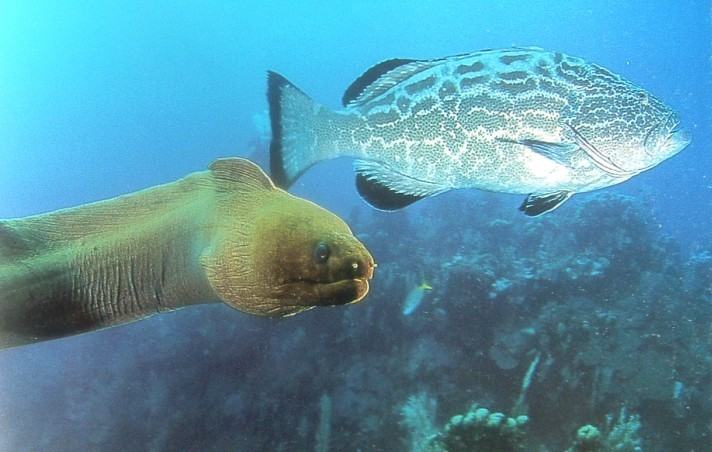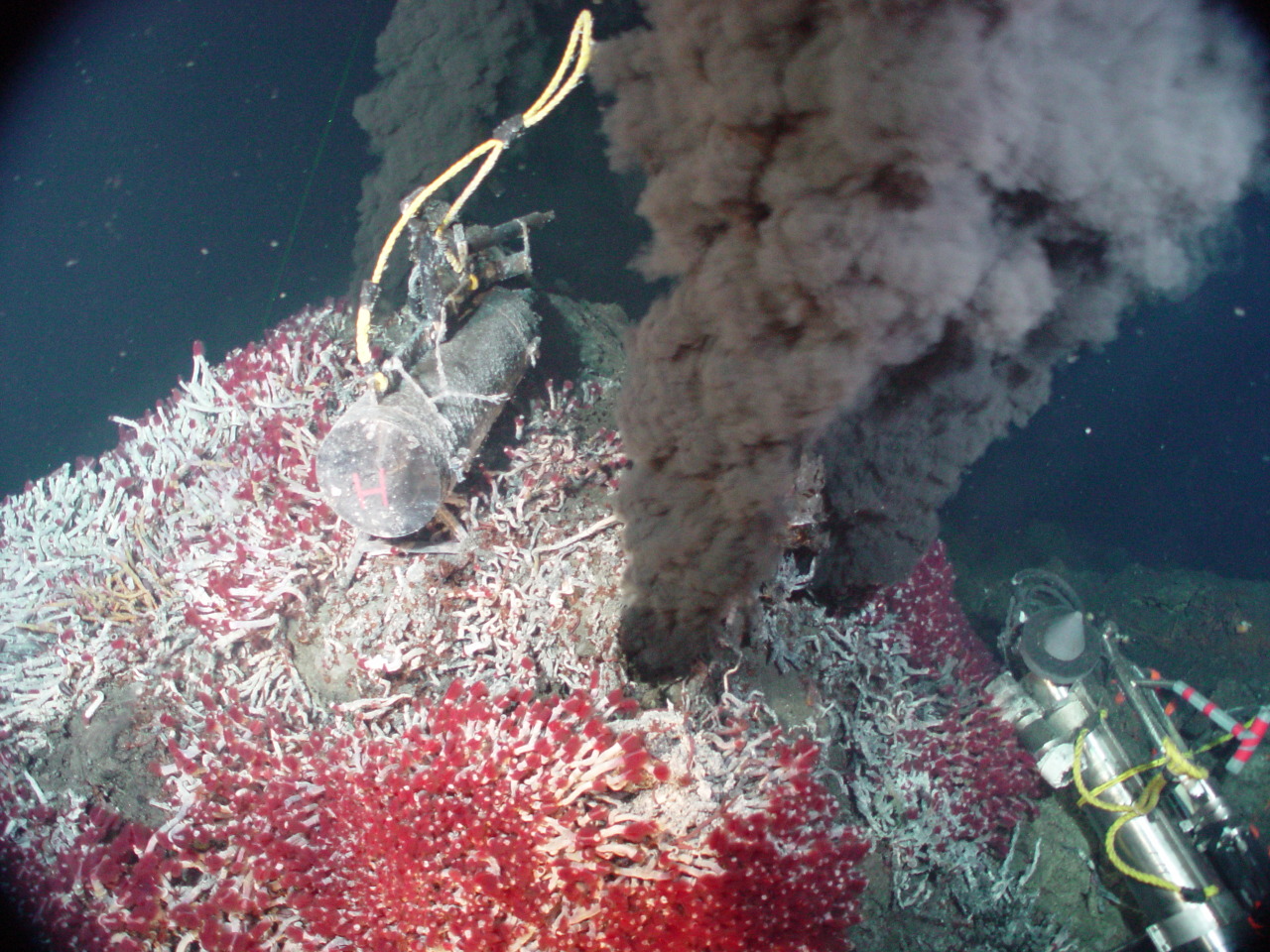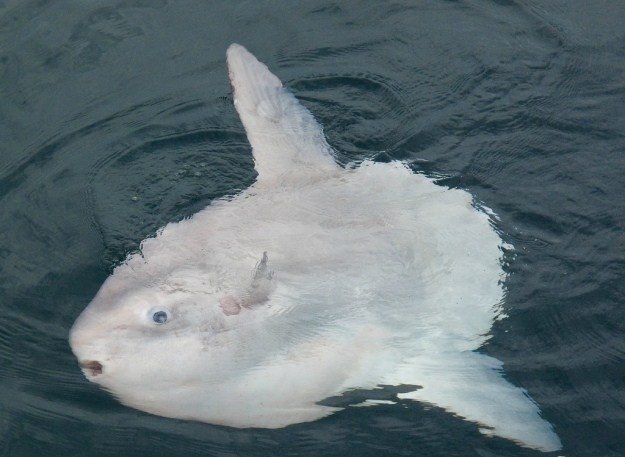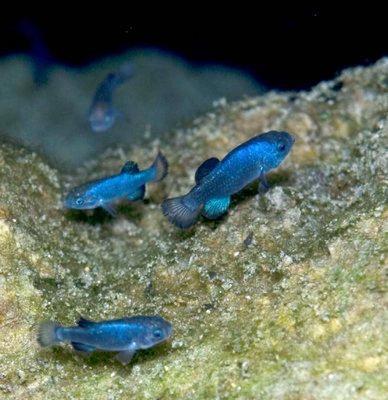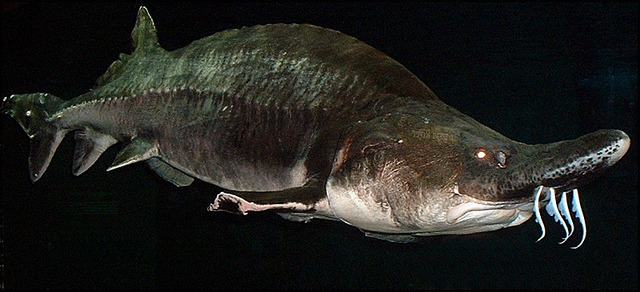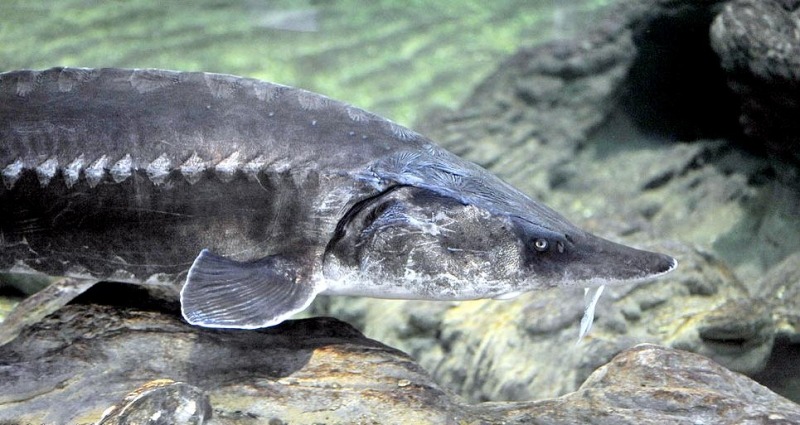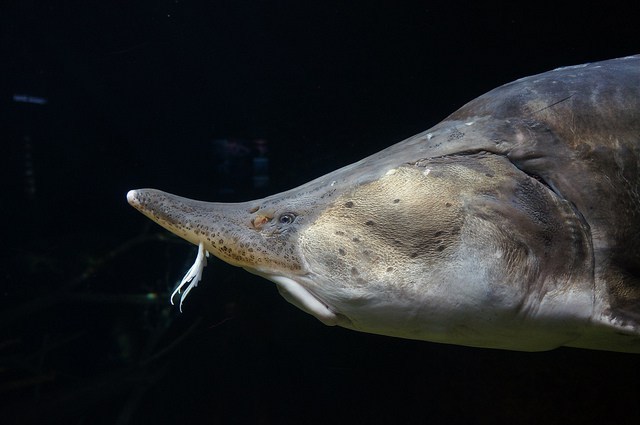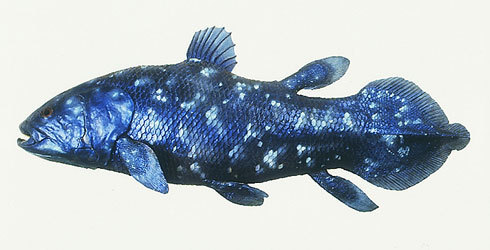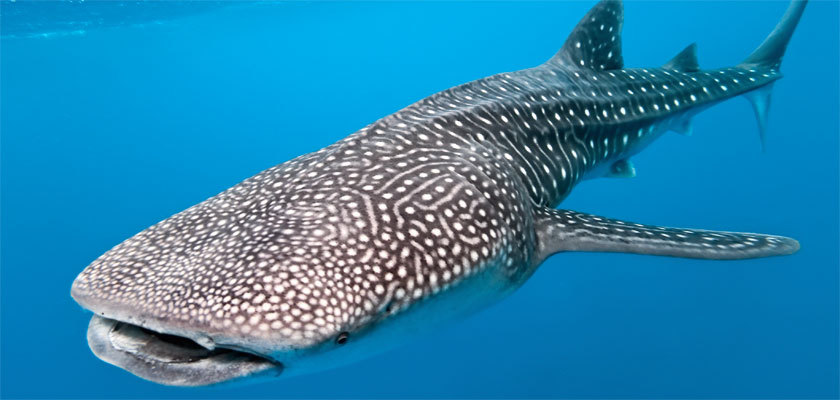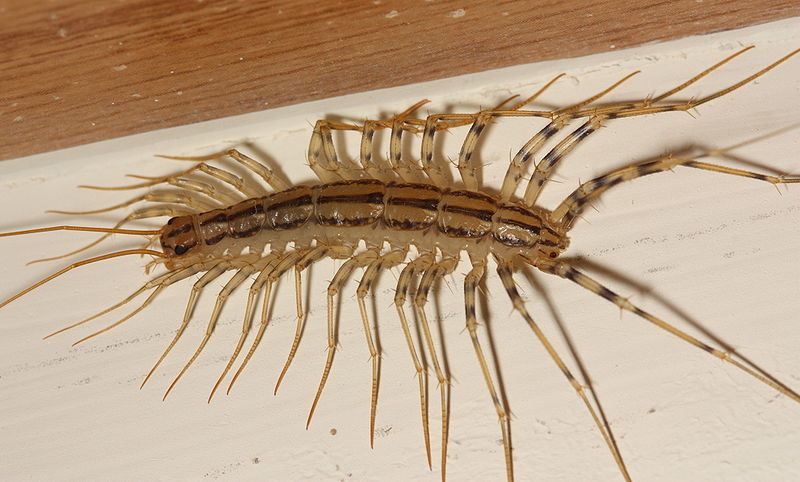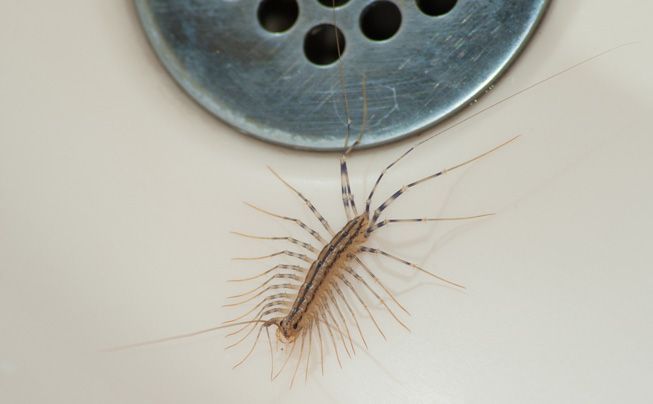Dactylopterus volitans
The flying gurnard is a the only member of its family that lives in the waters of the Atlantic Ocean, ranging from the northern US to Argentina in the west, and the English Channel to southern Africa in the east. Here, this fish cruises about the seafloor, searching for small invertebrates that are living in the sand.
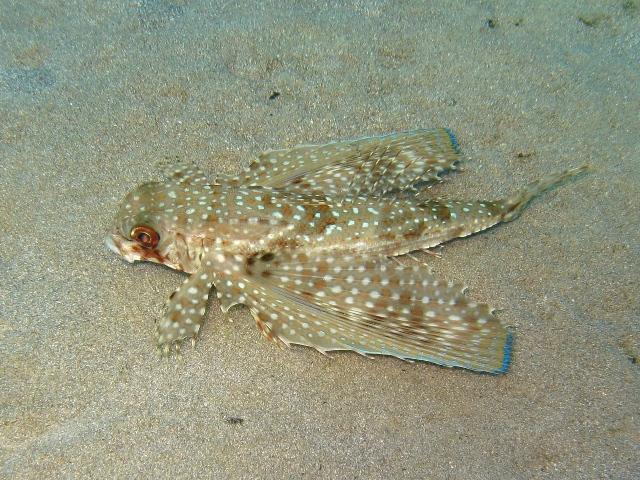
Ordinarily, flying gurnards aren’t much to look at. They are the same color as the sand they swim above, which serves as a form of camouflage. Unfortunately, at 20 inches long, these fish are big enough to attract all sorts of predators, and with no real defenses, flying gurnards are easy pickings. At least that is what the predator thinks, until this fish suddenly triples in size.
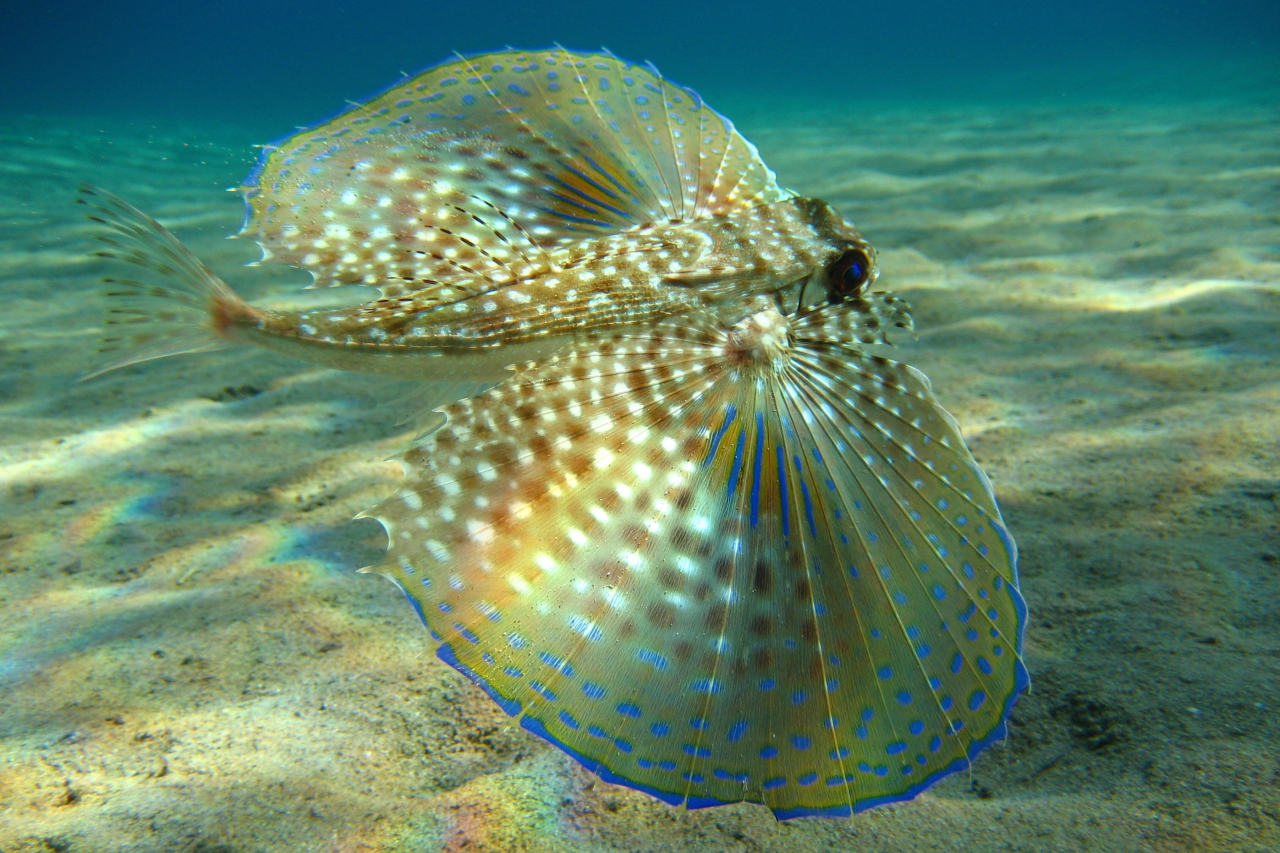
Flying gurnards get their names because, when fully spread, their pectoral fins look like wings. Along with their brightly colored ‘wings’, the flying gurnard also has ‘feet’ and ‘hands’. Using modified pelvic fins, flying gurnards actually walk across the seafloor rather than swimming, and use special lobes near their heads to sweep away sand while they hunt for prey. Add in their armor-like scales (which are the reason behind their other name, the helmet gurnard), and you’ve got one tricked out fish.
